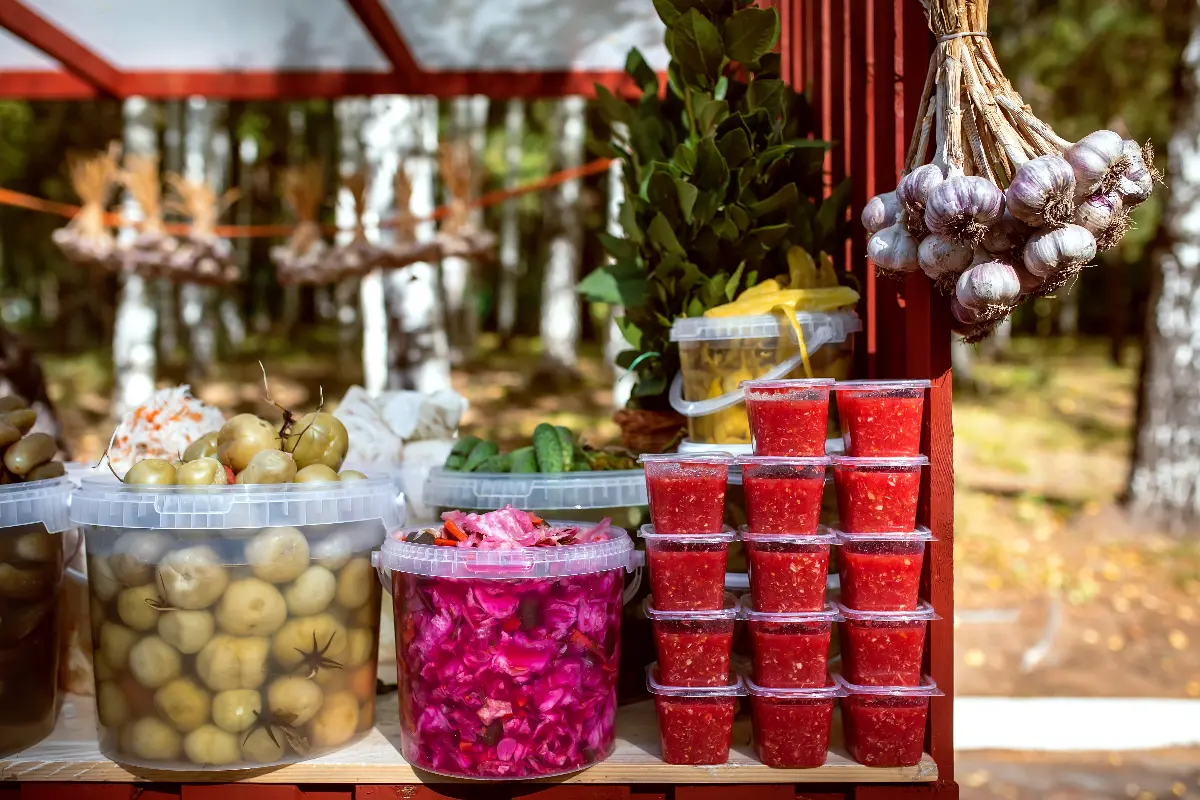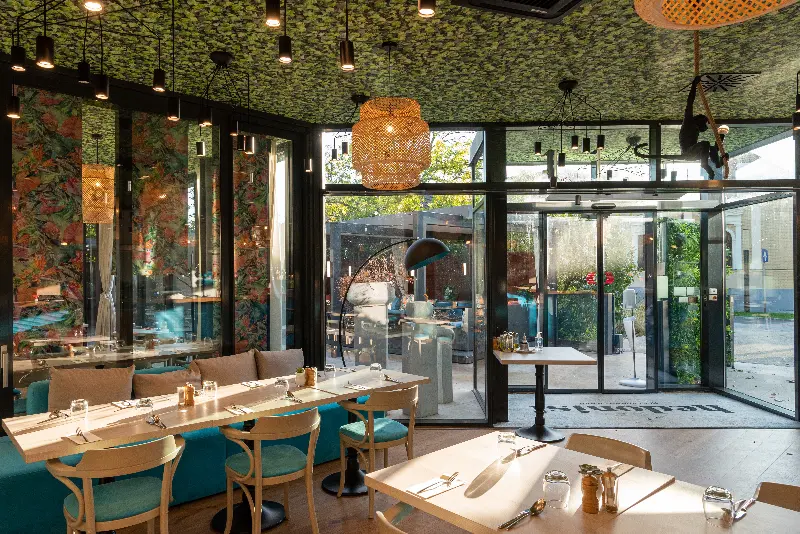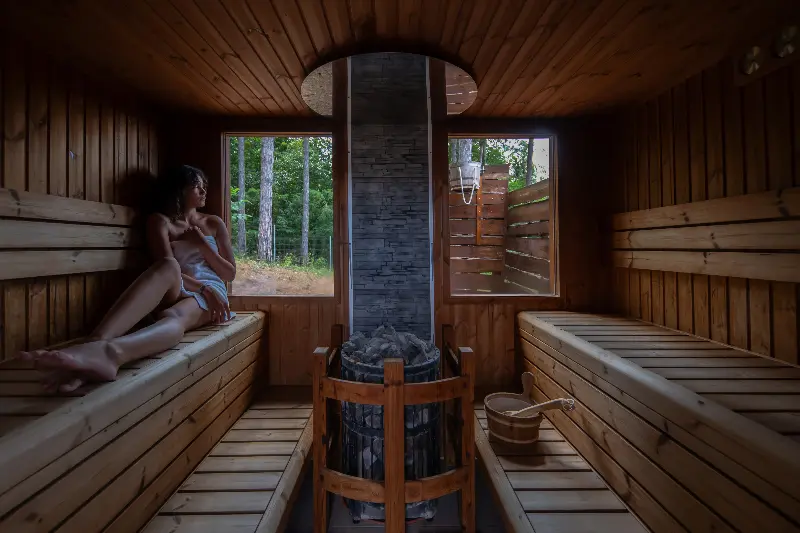
Helyszín címkék:
5 Hungarian folk traditions that we can bring into the modern age
Mészégető Marcsi
Culinary wonders – the stew, the lángos, the Rákóczi style cottage cheese cake and others
Hungary’s cuisine has an inexhaustible historical heritage: its rich dishes and distinctive spices have created a world of flavours that many people still love today. For example, the various stews, goulash, chicken paprikash, stuffed cabbage are all dishes that have been a staple of Hungarian cuisine for centuries, and are among the most popular dishes in the retro-style taverns offering traditional flavours. However, modern, reimagined versions of them are not missing in today’s gastronomic world. These dishes are often found on the menus of new wave restaurants – sometimes with different garnishes, modernised presentation or fusion. And let’s not forget the gastronomic fairs and festivals, where new and creative versions of scones, fried sausages, Hortobágy pancakes and desserts are often on offer.
Natural miracle cures – the second life of herbalism
The use of herbs and herbalism is deeply rooted in Hungarian culture – a few generations ago, every rural household knew at least one practice that could cure the problem at hand. These folk recipes have come to the fore again today, as the quest for sustainability and conscious living have become a key part of many people’s everyday lives. Within the framework of certain workshops and courses, we can learn different ways of using medicinal plants and practices that have long been known and regularly used in folk culture.

The magic of traditional instruments – the renaissance of folk music
The zither, the reel lute, the Turkish whistle and various traditional instruments are not only associated with peasant music and folk dances, contemporary performers also experiment with traditional Hungarian melodies and folk music elements. In addition to the increased interest in folk music – since younger generations are also demanding the organisation of various dance houses and folk music evenings, where they can get to know not only Hungarian but also traditional music from the region – representatives of other genres are also increasingly drawing inspiration from the past. As a result, the influence of folk music can be heard not only in the songs of traditional bands, but also in pop and electronic hits that often feature folk instruments.
Folk superstitions and holidays that have grown into a festival
In Hungary, folk festivals have not been completely forgotten – they have survived in modern culture thanks to festivals based on various ancient traditions, folk superstitions and customs. One such event is the Carnival of the Buso in Mohács, which is uniquely open to multiculturalism and has become an international spectacle, where tradition and creativity create a cavalcade that crosses borders. The Tavaszi Szél Vizet Áraszt (‘Spring Wind Floods Water’) festival traditionally celebrates the arrival of spring and the purifying power of water. Today, however, the event is much more than that: for the modern man, it is a sign of commitment to naturalness and sustainability, where the spirit of water conservation and environmental awareness permeates the celebrations.

Creative leisure – embroidery, felt and ceramics
In popular culture, needlework has always been an expression of people’s creativity and skill. Embroidery, felt art and ceramics are still viable art forms today, combining ancient techniques with modern design to create exciting new creations. These objects are not only popular at craft fairs: there is a great demand for creative activities and courses where people can learn the skills of handicraft. It is a hobby that not only produces unique and beautiful objects, but also takes creative people back in time.



